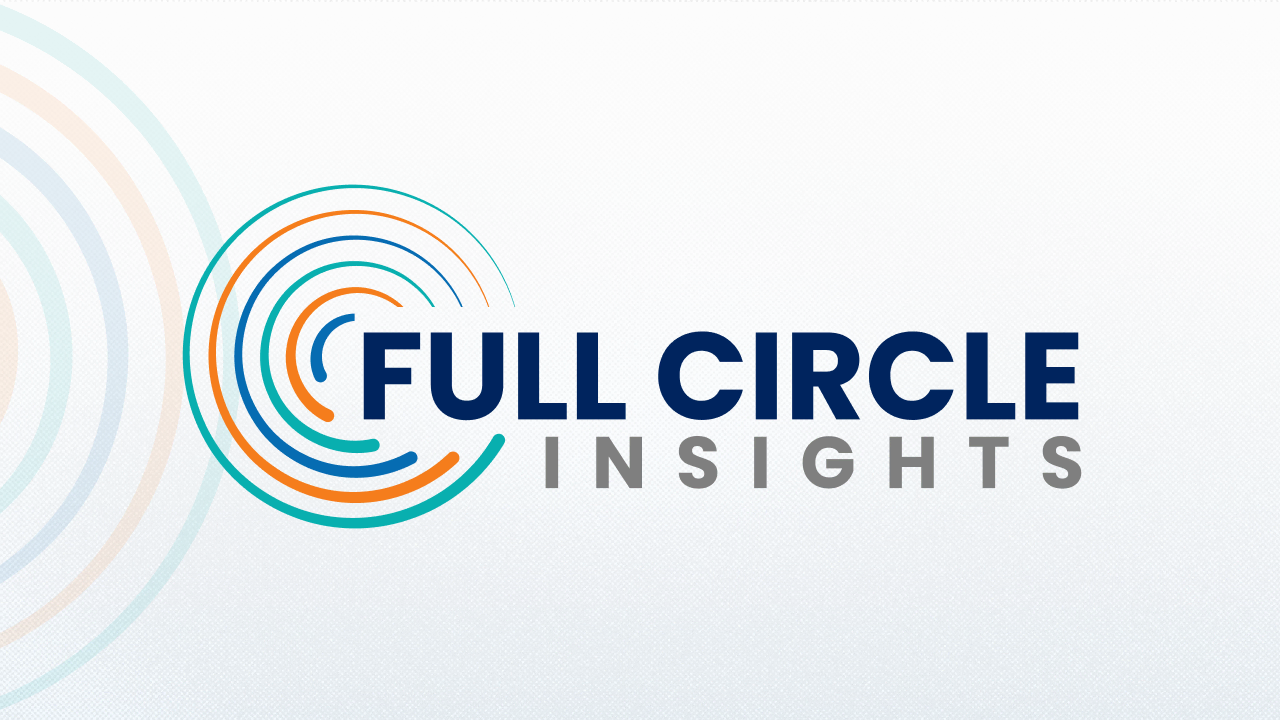How to Use Customer Journey Analytics to Boost Your Marketing Strategy


The Secret to Smarter Marketing? Understanding the Whole Customer Journey
Modern marketing is kinda wild, right?
People ghost your forms. They binge your blog then vanish. They download your whitepaper… and show up in sales’ inbox three months later. And don’t even get us started on attribution.
The kicker? Most teams still rely on outdated metrics that only tell part of the story (last-touch attribution, anyone?). That’s like trying to win a game while only watching the final play.
It’s time for something smarter.
Enter: Customer Journey Analytics, aka your backstage pass to understanding what’s actually working in your marketing.
So, What Is Customer Journey Analytics?
Think of Customer Journey as the ultimate detective tool. Instead of guessing what drove a conversion, you follow the whole trail, every click, every content view, every silent lurk before they finally raise their hand.
With Full Circle, Customer Journey means:
- Seeing pre-funnel touchpoints (yes, even before that form fill)
- Connecting marketing and sales with real journey data
- Tracking what’s driving pipeline, not just traffic
The 4-Step Framework for Your Marketing Strategy
1. Track Every Touchpoint
Hot take: If your data starts at “lead created,” you’re already behind.
Modern buyers explore in silence. So if you're only tracking from form fill onward, you're missing the magic. Use a tool like Digital Source Tracker (DST) to capture:
- Ad clicks that didn’t convert (yet)
- Pages they stalked before filling out a demo form
- Social likes, comments, and lurks
- Email opens and link clicks with no follow-through
Because that “unengaged” lead? They might just be on a slow burn.
2. Ditch Basic Attribution—Go Multi-Touch or Go Home
Let’s say someone:
- Clicks a LinkedIn ad
- Registers for a webinar
- Reads a case study
- Fills out a demo form
First-touch gives LinkedIn all the credit. Last-touch gives it to the form. Both are wrong.
With Multi-Touch Attribution, you see:
- Which channels play nicely together
- What actually influenced the decision
- Where to double down (and where to do less)
Pro tip: Not every touchpoint does the same job. Some inspire, some convert. Know the difference.
3. Let Data Boss Your Content Strategy Around
Raise your hand if you’re still making content based on “what feels important.” Right here! ✋
Customer Journey Tracking gives you receipts:
- What content converts vs. what just vibes
- Where people bounce (and why)
- What gets love but no pipeline
💡 Example: If your case study closes deals, promote it like crazy. Put it on your homepage. Turn it into a retargeting ad. Make it the Beyoncé of your content lineup.
4. Give Sales the 411 (No More “Who’s This?” Emails)
Marketing: Sends 10 nurture emails, runs 3 ads, hosts a webinar. Sales: “Hi, I saw you downloaded something… maybe?” Let’s fix that.
With journey data inside Salesforce, sales can:
- See what a lead actually cared about
- Personalize outreach based on real signals
- Skip the awkward intros and get to the good stuff
Example: If someone reads 3 pricing pages, sales can hit them with ROI stats, not a generic intro.
Bottom Line: If You’re Not Using Customer Journey Analytics, You’re Missing the Full Picture
Marketing without journey analytics is like driving without Google Maps. You might get there eventually… or you might just end up lost.
With Full Circle + Digital Source Tracker, you can:
- Capture pre-funnel behavior
- Attribute revenue to real touchpoints
- Align with sales like a dream team
- Make data-driven decisions (finally)
📢 Want to start making data-driven marketing decisions?